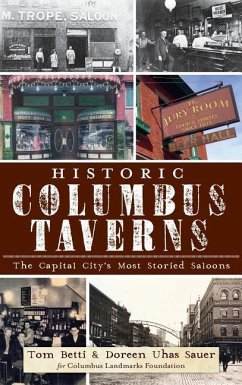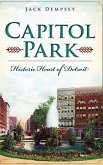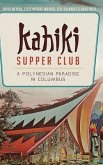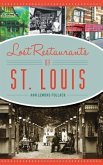One of the first buildings in Central Ohio in the 1790s was a tavern and 200 years later--Columbus as a foodie" town shows renewed interest in discovering its historic "liquid assets." Once historic taverns in frontier Columbus featured live bears chained to giant wheels, pumping water for travelers in need of a shower and giving new meaning to the term "watering hole." Existing historic taverns in Columbus span from 1830s through the 1930s and still have little-known histories, stories, scandals, as well as, architectural fabric to explore. One is built on a still active graveyard; another is in the building of a former Pentecostal church. Several remain from the Irish and German migrations and survived Prohibition; one was the quintessential gentlemen's bar still with pool room that connected by underground tunnel to the Ohio Statehouse in a time of temperance. Another was both a tavern and a bordello for Union and Confederate officers (though on different nights). Set in the social and political historic context of a changing city, the taverns offer a chance to explore the city's history through its watering holes."








